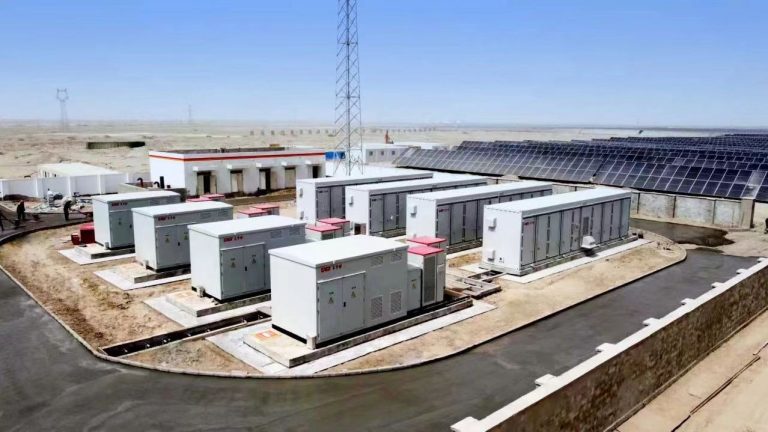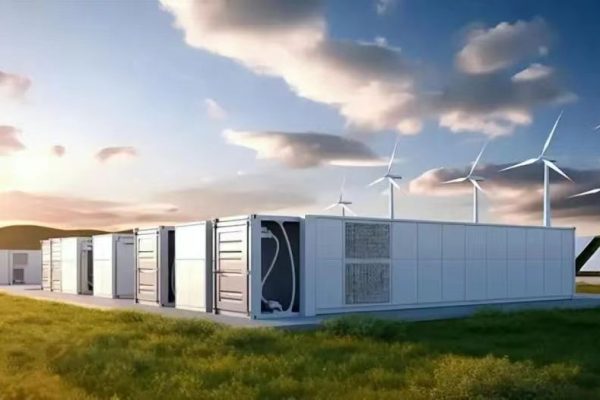Ensuring Safety in Residential and SME Battery Installations
1. Why Fire Safety Matters in Small Energy Storage Systems
As battery storage systems become more common in homes, rural facilities, and small businesses, fire protection is a growing concern—and a frequent question raised by both end users and installers.
While most large-scale systems follow strict fire codes, small-scale ESS (5–100 kWh) are often installed without proper guidance. As a technical trade partner, you can provide critical assurance by highlighting the right fire prevention strategies.
2. Key Fire Risks in Small ESS Projects
Fire incidents in energy storage typically stem from:
- 🔋 Thermal runaway in lithium batteries
- 🔌 Short circuits or loose DC/AC connections
- 🌡️ Poor ventilation and overheating
- ⚠️ Incompatible battery-inverter communication
- 🔧 Lack of circuit protection (fuses, breakers)
These risks are magnified in smaller installations due to:
- Tighter spaces (indoor installs, closets)
- Fewer engineering resources
- DIY modifications post-install
3. Battery Chemistry: Safer Doesn’t Mean Fire-Proof
LiFePO₄ (LFP) batteries
- ✅ Stable and widely used in home ESS
- 🔥 Still capable of burning if mischarged or punctured
- ❗ Needs BMS + temperature protection to function safely
NMC/NCA batteries
- ⚠️ Higher energy density but more prone to thermal events
- Common in EVs and older rack-mount storage
Fire protection starts with battery selection, but doesn’t end there.
4. Best Practices in Installation for Fire Safety
🧯 1. Choose Cabinets or Enclosures with Fire Ratings
- Metal cabinets with powder coating, fireproof insulation, and flame-retardant cables
- For indoor installs, select cabinet with IP rating + ventilation grills + exhaust ports
🔌 2. Use Proper DC Protection
- DC fuses, contactors, and surge arresters reduce arc faults
- Verify proper cable sizing to prevent overheating
📡 3. Enforce Communication Between BMS and Inverter
- CAN/RS485-based control helps limit overcharge/overdischarge
- Set up alarms for over-temperature or current spikes
🌬️ 4. Ensure Cooling and Ventilation
- Even in passive systems, airflow is critical
- Avoid installing batteries in sealed or hot spaces (e.g., metal containers without fans)
🔥 5. Position Systems Away from Fire-Prone Zones
- Never mount battery near gas stoves, oil tanks, or direct sun
- Respect national electrical/fire codes
5. Active Fire Protection Options for Small Systems
While large ESS use gas suppression or automatic sprinklers, small systems can also benefit from:
| Device | Function |
|---|---|
| 🔔 Smoke sensor + alarm | Alerts user of smoke or spark early |
| 💨 Temperature sensors | Triggers shutdown before thermal runaway |
| ❄️ Thermal cut-off breakers | Disconnect battery before overheating |
| 🧯 Portable fire extinguisher (Class D / dry powder) | Manual suppression of lithium fires |
Many modern ESS cabinets now come with built-in temperature sensors and auto cut-offs—but not all do. Ask your supplier.
6. Educating Clients Without Scaring Them
Many end users are unaware of fire risks—and some are overly fearful.
As a professional partner, it’s your job to:
- ✅ Emphasize prevention through good design
- ✅ Explain BMS and inverter protections
- ✅ Recommend enclosures or cabinets with built-in safety
- ❌ Avoid vague statements like “100% safe”—be technical and clear
Remember: Trust grows when clients feel you’re transparent about risks and offer solutions.
7. Key Design Tips for Small ESS Fire Safety
| Best Practice | Why It Matters |
|---|---|
| Use certified batteries (UN38.3, IEC62619) | Proven safety under abuse tests |
| Install near ground level if indoors | Easier access + lower heat rise |
| Label DC disconnects clearly | Helps first responders isolate power |
| Include wiring diagram & shutdown guide | Critical in emergency situations |
8. What We Can Provide for Safer Installations
Whether you’re supplying full systems or just parts, your ability to offer:
- 🔋 Batteries with certified BMS
- 🔧 Pre-integrated cabinets with ventilation
- 🧯 Fire-rated designs
- 🗂️ Clear wiring layouts and warning labels
- 📞 Remote support if a fault occurs
…can strongly differentiate you from low-cost competitors.
9. Recently Published Articles You May Like
- 👉 Thermal Design for Small Storage Cabinets in Hot Climates
- 👉 Building a Compact Energy Storage Room: Tips & Layout Ideas
- 👉 How to Size Inverter and Battery Together
10. Final Thought: Fire Safety Is a Feature—Not a Burden
In small-scale ESS, many buyers focus on price, but fire safety is where professionals shine.
By offering well-configured, safe systems with practical protection steps, you:
- ✅ Build long-term trust
- ✅ Avoid after-sales disasters
- ✅ Position yourself as a responsible supplier—not just a price tag
Make fire protection part of your technical offer, not just a compliance line.









